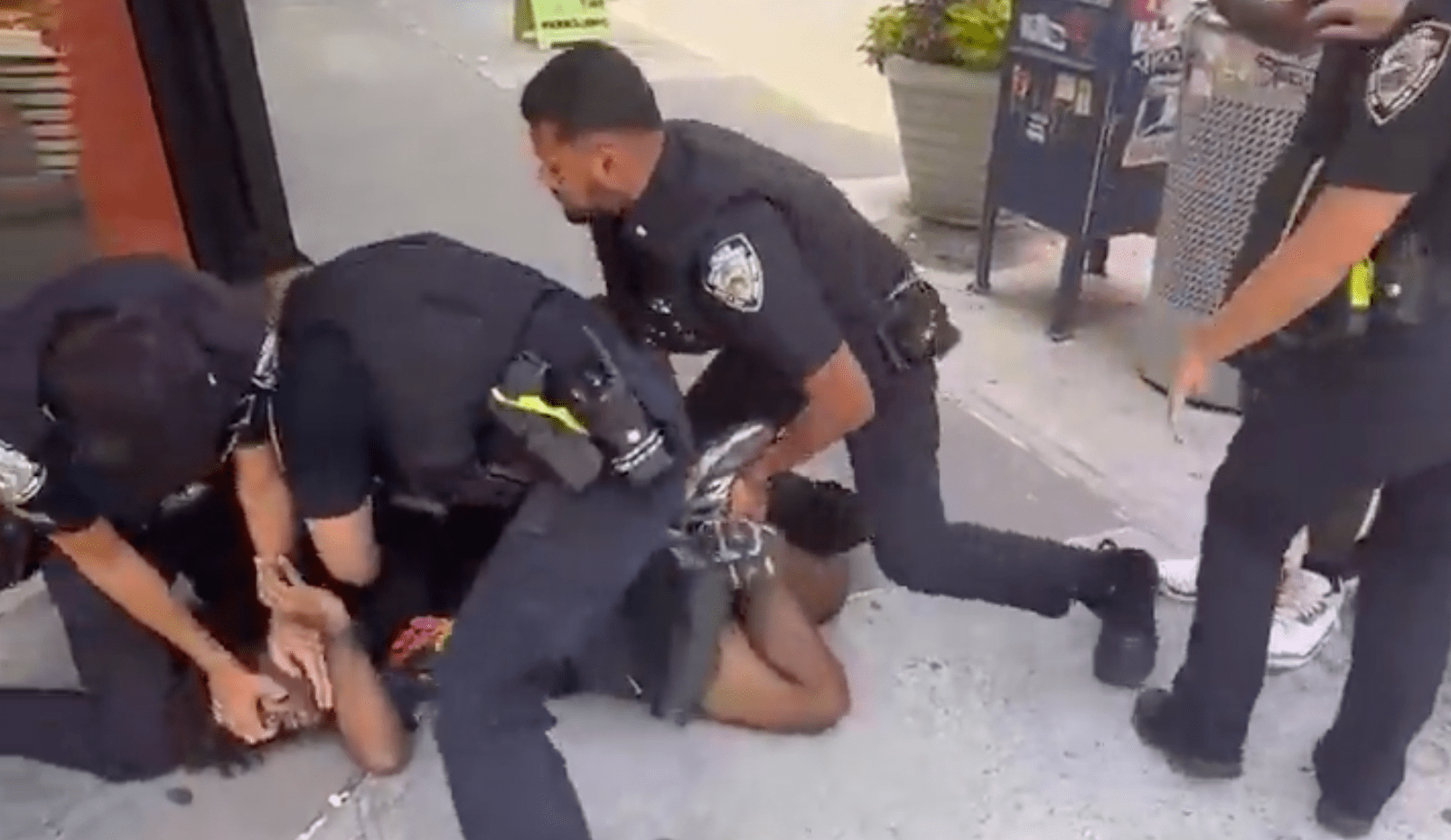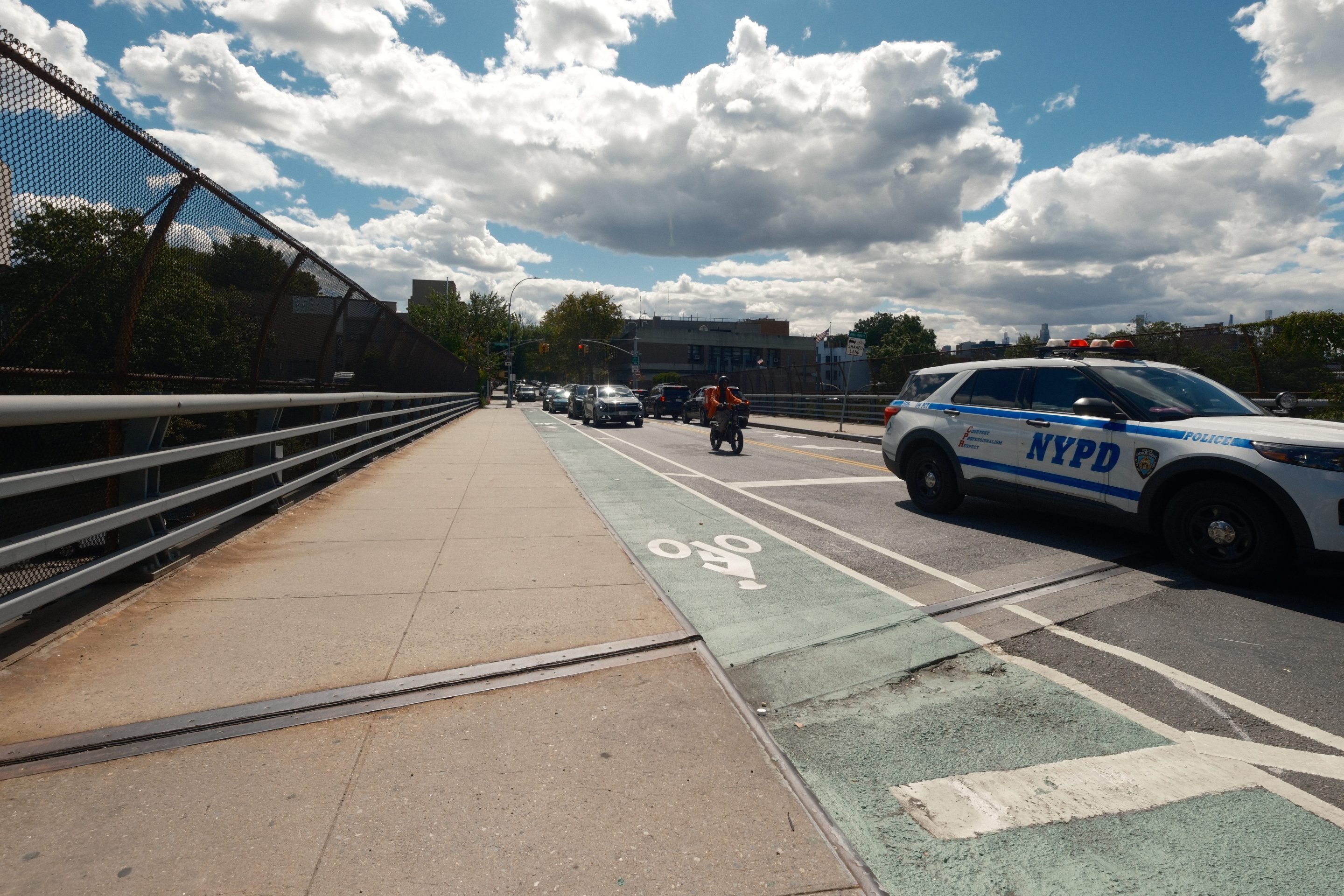Today on the Streetsblog Network, we've got a post from Yonah Freemark at The Transport Politic on the importance of funding both intercity and intracity rail, despite limits on the amount of money available. Freemark takes on the argument that investment in transportation within cities should trump the construction of more efficient rail connections between cities:
High-speed trains in Taiwan. Photo: loudtiger/Flickr.
[I]nvestment is needed in both intercity and intracity
corridors. Claiming that we should not fund high-speed rail because urban transit is more important is equivalent to saying that federal subsidies to air travel and non-urban highways should simply end, because metropolitan areas need more investment and travel between cities is less important.The U.S. certainly has “scarce resources” at the moment; the $9 trillion government deficit over the next ten years will likely force budget cuts and require a reevaluation of spending in all executive branches, including the Department of Transportation. But the question here is not whether to invest in urban or long-distance travel systems. The country continues to grow relatively quickly, and both in-city and intercity travel demand will have to be met. Thus, we simply cannot devote all funds currently designated for the latter type of travel to the former; while we certainly should commit more funds to
urban transit, we also need to find new and better ways to move between cities, since more and more people will be doing exactly that.…Arguing that improving urban transit should be prioritized over high-speed rail is acceptable, but ignoring the needs of long-distance travel is not. The United States has a serious need to invest in both intercity and intracity travel, and for trips of between 200 and 600 miles between large cities, high-speed rail is usually the most appropriate investment. In the pursuit of better transit within a city, we cannot forget that we also need to get between cities.
Be sure to also check out the piece Freemark had Tuesday on The Infrastructurist, in which he sharpened his pencil and re-ran the numbers on Ed Glaeser's unfavorable analysis of high-speed rail on the New York Times website. Freemark writes:
By populating his model with a better set of assumptions, we hope to show how badly the economist missed the mark even on his handpicked example of an HSR link between Houston and Dallas. In reality, a well-designed high speed intercity rail project between the two largest cities in Lone Star State would likely produce a net economic benefit -- not at all the white elephant Glaeser suggests. In this more comprehensive model that takes into account trivialities like regional population growth and a reality-based route, the annual benefits total $840 million compared with construction and maintenance costs of $810million. Which is to say, our numbers show that HSR pays for itself rather handily.
St. Louis Urban Workshop takes the stuffing out of another HSR hater today. Check out the site's priceless "re-mix" of Robert Samuelson's Newsweek piece claiming the Obama Administration's rail plan is "a high-speed boondoggle."
Plus: How many folding bikes does it take to fill up a parking space? Cyclelicious has the photographic answer, which is sure to especially delight Brompton-lovers.





